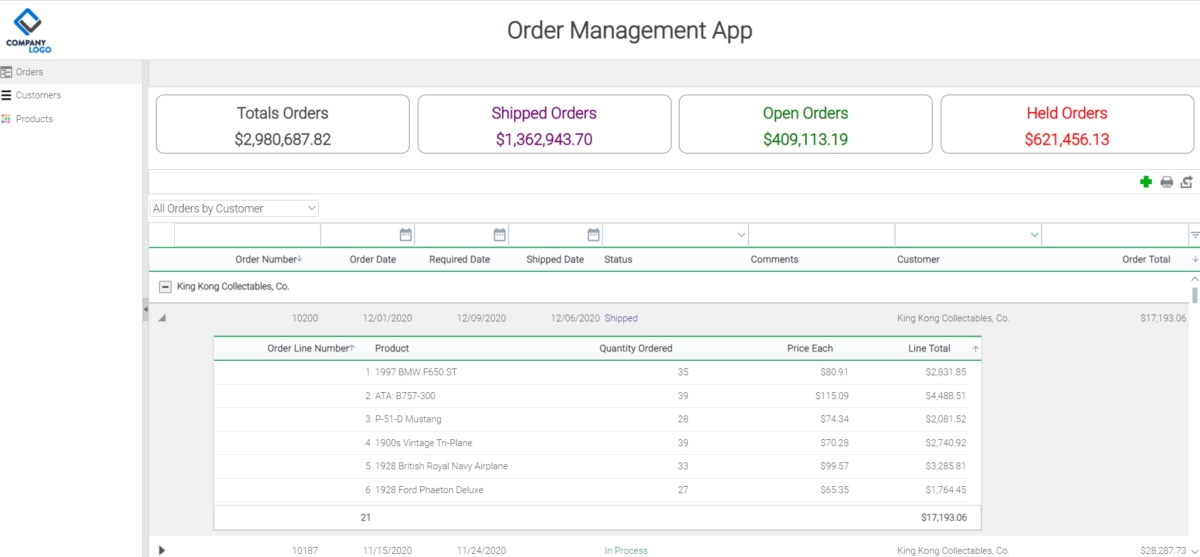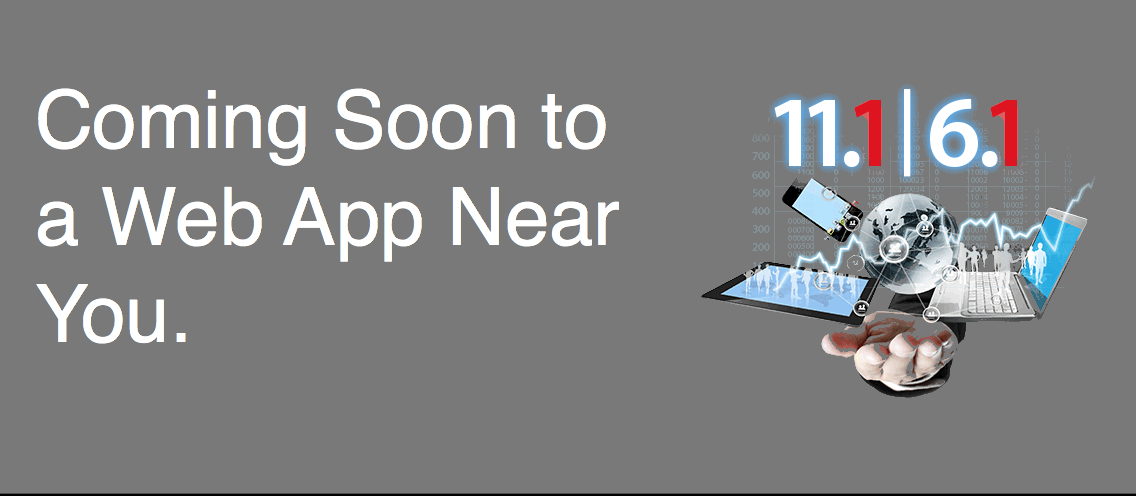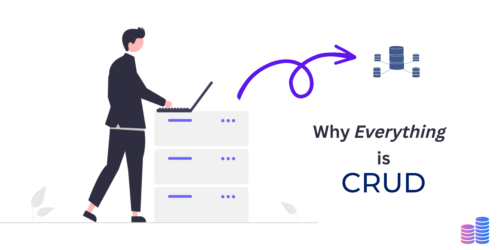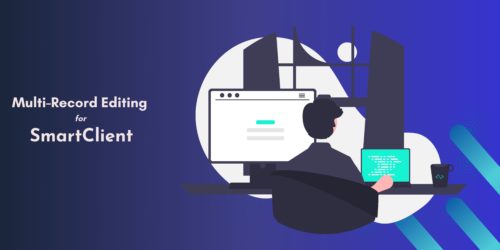The future of Enterprise UI is AI

With the advent of AI, two things are going to happen in enterprise UI:
- AI assistants will drive UIs on your behalf, based on natural language descriptions of what you want.
- AIs will create new UIs on-the-fly, as needed, to assist you in whatever you need to get done.
Note that some simple, consumer-oriented tasks can be completed by AI without showing a UI at all. In contrast, in the enterprise space, AI will be blended with UI – the more seamlessly, the better.
That’s what we’re going to show you today: the ideal blend of AI and UI, and how to achieve that.
AI Assist
Imagine you’re working in an advanced web application – here, it’s an Order Management application that allows you to manage the data for orders, customers, and products.

This is a SmartClient-based application, and any SmartClient application you build comes with powerful data navigation features built-in. Many end users haven’t learned how to use these features, and some don’t even know they exist. But those same end users would definitely take advantage of such features if they could.
With an AI assistant, every end user becomes a power user, able to use even an extremely advanced UI easily.
For example, in this application, say we want to search the Order Grid to only show orders created in the last 9 months, with an order total greater than $30,000, showing the largest orders first.
Using the AI Assistant interface, we can just ask AI to show us this view. We literally express ourselves in natural language. In this case, it’s “Show orders over $30k in the last nine months, starting with the largest order”.
So that’s pretty amazing, right? But how did that happen?
We’ve built a customized AI that has deep expertise in SmartClient – it knows exactly how to use SmartClient’s powerful features to create the views that your end users want to see.
You can just tell this AI what you want, in plain English (or any other language!) and it handles the details.
This has a lot of implications for how to approach building UIs in the future, but before we explain all of that, let’s see something even more amazing.
Ad Hoc UI – adding new UI “on the fly”
Now, imagine you’re in an app and need to view or edit some data, but the app designer didn’t anticipate the specific thing you need to do – there’s no good screen for it.
Well, we’ve also trained the AI to build new screens on the fly.
Let’s look at our Order Management app again. We have many useful views built into the app, but maybe, on this particular day, there’s a crisis related to canceled orders. What the users really need is a chart showing the troubled orders. But that wasn’t built into the app.
We can simply ask the AI to build us that custom view.
Basically, this app’s UI didn’t have a screen for this use case, so AI generated a new UI that could help the user solve the particular task.
We’ve even added the ability to save the dynamically generated UI. So you can just tell your colleagues: “hey, I used the AI to create this great view of our data, go here to see it”.
For security-minded people, note that the AI can’t create a UI that does things that the user isn’t allowed to do. The AI is just helping the user do what they are already allowed to do.
How do I get this in my app?
It’s important to note that this AI wasn’t trained on the specific application (Order Management). Instead, this AI understands the general concept of SmartClient DataSources, grids, etc.
That means that AI-driven features like these are a drop-in upgrade for SmartClient / SmartGWT applications that have followed best practices.
In fact, if you need us to, we can make this feature work for older versions of SmartClient (if upgrading is an issue right now, say).
Also, even if you aren’t currently using SmartClient, our AI Assist technology still applies. What we’ve basically got is an AI that knows how to use a specific command set (applying criteria, etc), which can be mapped to whatever UI technology you’re currently using.
And, of course, no matter what technology you’re using, the Ad Hoc UI feature can create purpose-specific SmartClient-based UIs. Think of these as “sharable AI-generated reports”. This feature can be enabled by just pointing our AI at your data services.
The Future .. is now
These demos are mind-blowing, but what we have in the labs is … at yet another level.
AI will be woven into every single component at a base level – and also systemically.
This is a far bigger revolution than smartphones.
You should already have an AI strategy group, and if you don’t… get movin’.
In particular, there are areas where you might right now be working on a new UI for a new feature, and actually, you don’t need a (fixed) UI at all for that feature.
Similarly, you may have engineers working on new screens that provide different views on existing data. Those probably don’t need to be built, or more accurately, they become something more like a “saved search” – an AI-generated view of data that is available by default.
What does your future UI team look like?
Recently, the trend in UI development has been toward using large teams of inexpensive developers to crank out dozens of basic screens from mockups.
We would argue that that was the wrong direction all along, but it is definitely the wrong direction now.
Your future enterprise UI team is a small crew of elite developers, with expertise spanning from generative AI to metadata and data interchange formats and to, of course, UI. This small team will manage an enormously sophisticated UI, in the same way that modern factories are run by a small team of robotics engineers, rather than by thousands of line workers.
Your future team will be using technology that cohesively spans from metadata-described data services all the way to end-user-ready UI, with maximum automation in between (hint: might want to look into SmartClient for this…).
Shall we lead, together?
Isomorphic has both the breadth of vision and attention to detail to deliver on the promise of AI.
We are looking for a core group of customers/partners that are ready to commit to the future of AI-enhanced UIs.
We have a range of features, some that could be deployed in your applications in weeks, others months, and, in the truly mind-bending category (far beyond even what we’ve shown here), years.
We can provide both a steady drumbeat of clearly useful features and a long-term, strategic approach to your marketplace.
If you’re ready to lead the way with AI at your organization, contact us, and let’s see what we can build together!







